LIA Developing The Creative Leaders of The Future Through Creative LIAisons
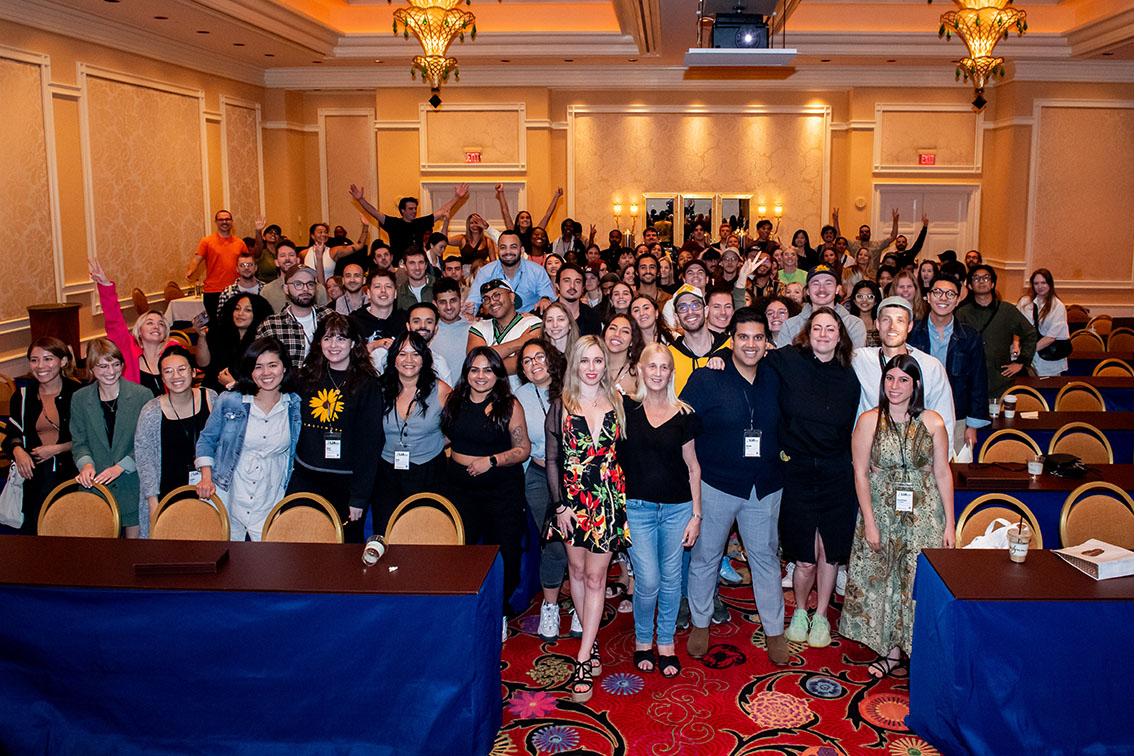
Film Graphics’ Executive Producer Anna Fawcett was on the ground in Las Vegas for the final day of the LIA Creative LIAisons young creative program. The excellent program is fully funded by LIA and saw 120 young creatives take part over four days of inspiration and learnings. Here Fawcett recaps on the highlights from each speaker session.
Day 4 of Creative LIAisons was made up of a truly legendary panel of speakers who each gave the attendees insights gained from years of their experience. This fully-funded LIA Global program is unique and highly sought after. A huge thank you has to go to Barbara Levy for staging such a worthwhile cause, and to Laurissa Levy for organising it nearly single-handedly. And to Terry Savage, Patricia Censoprano and Christina Shaw and their teams for pulling off yet another successful LIA AWARD show.
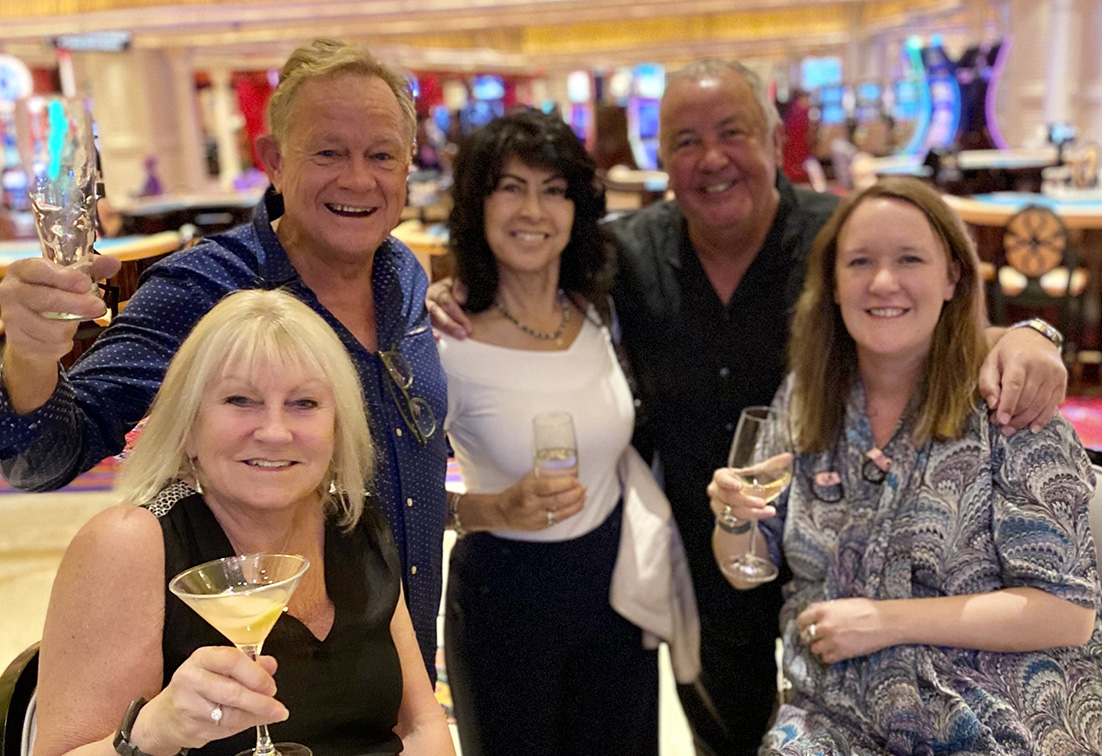
Pictured centre is Anna Fawcett with Julie Tutssel, Kim Shaw, Mark Tutssel and Laura Swinton.
The speakers were generous, supportive and humble, not a sign of a huge ego anywhere even after all their accomplishments.
Here is a summary of what our speakers shared with us:
Susan Credle, Global Chair/Global Chief Creative Officer, FCB
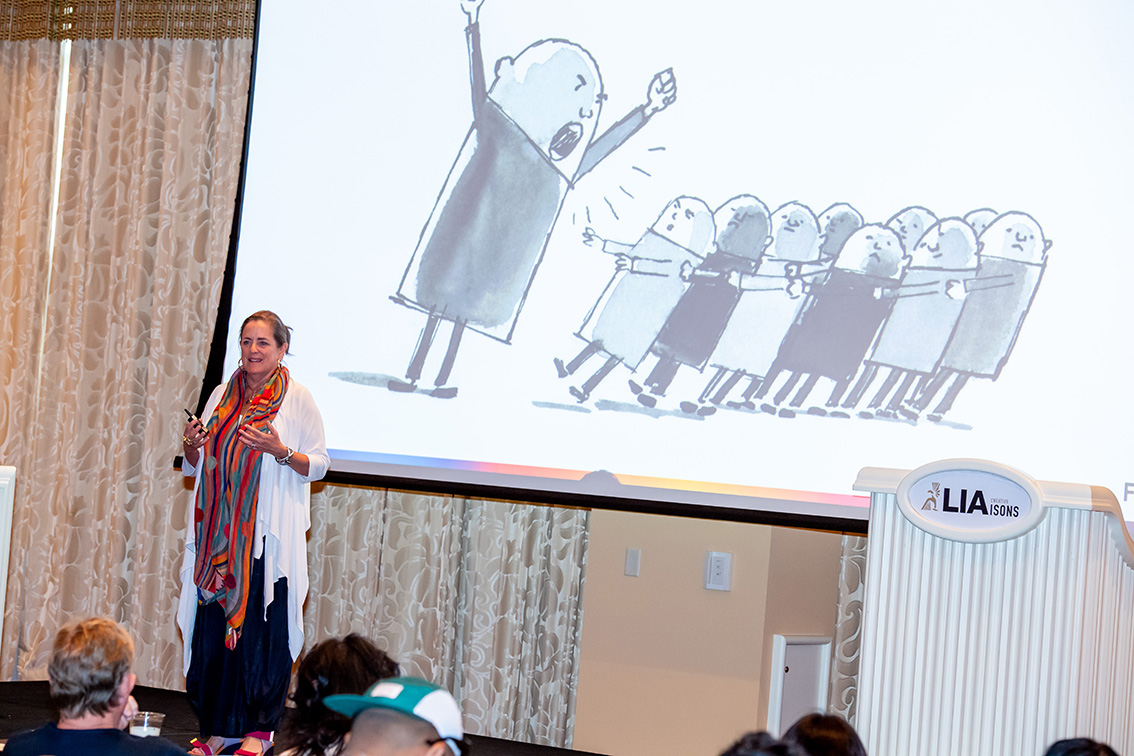
“To Create is Human, to Lead Divine”
Best leaders have all the skills.
In any given situation they know who to call on.
Multifaced leadership can be learned.
Care about the team’s success more than your own
And grow in areas that scare you.
There are 6 types of leaders.
The Dreamer – loves the idea of a blank page.
Might need to come back to earth to ensure bad choices are not made.
The Sovereign – loves to share and enlighten
Can be perceived as having big ego by trying to show they know everything.
The Strategist – has a vision and a plan
Might not be a great listener, doesn’t want anyone to mess with their plan. Needs to give some room for change if needed.
The Warrior – follow me type, person in the room who exudes energy
Can be perceived as a bully and aggressive. By their ability to knock down walls.
The Change Artist – loves to change it up
People can get discombobulated by change if not needed. Brands are built on consistency.
The Nurturer – Empathetic type who loves to take care of everything
Can smother their teams, not allowing them to learn from mistakes. Doing everything themselves.
Malcolm Poynton, Global Chief Creative Officer, Cheil Worldwide
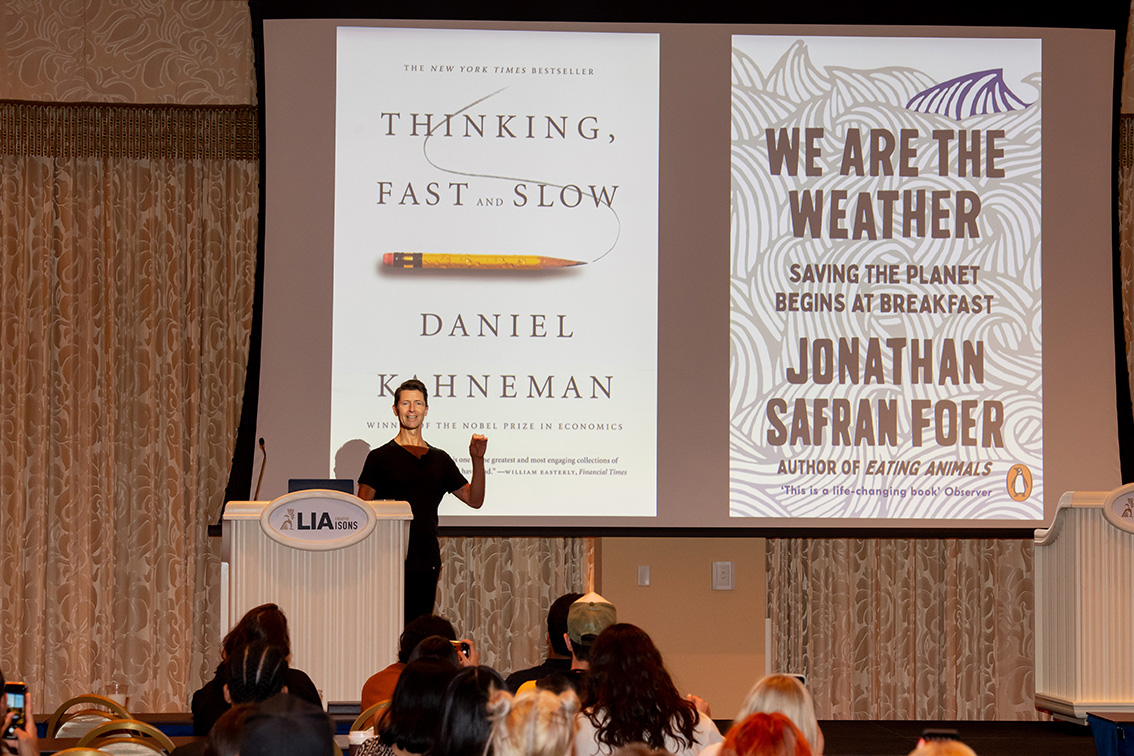
“Now What?”
Where does A1 fit in? The reality is it’s here to stay, and there are many conversations about it taking over from copywriters and designers, etc. But what kind of writers and designers? It won’t take the place of ideators who really understand how to connect a brand with a consumer. It will be used for the menial tasks that shouldn’t be taking our time in the first place. Social posts, hooks in emails, direct marketing, etc. One aspect of what A1 will do is make things more efficient. Don’t be frightened by it, use it.
And how A1 can be used to for good. How can we impact the world with A1?
One example – in 2018 Cheil took the voice of a mother who had motor neuron disease who would never be able to speak to her daughter again and captured her voice. It lives forever with her daughter – reminds her to take an umbrella on a rainy day, it answers problems and guides her through recipes.
Malcolm took us on a trip back in time to show us how technology has always been there and a potential threat. But technology reaches maturity and we kind of move forward from that.
He showed through artists who created amazing art, structures, furniture with clay, paint, wood, cardboard, metal that we still as humans want to use materials we can touch, that give us a visceral reaction.
If we didn’t have an imagination, we wouldn’t get from Las Vegas being just dirt, to what it is now. Today is all about the people in the room, not the technology. A1 can do all the efficiency stuff, but we need to go find out what is possible, start showing ideas that use it in interesting and relevant ways. A1 won’t do campaigns like Dove to build self-esteem for women. It turned Dove into a billion-dollar beauty brand. It won’t start a female empowerment movement that began with “Like a Girl”, and it won’t take a fading toy brand, and turn those plastic tracks into a real actual booth that transformed the brand into a massive into a commercial success and took it into the digital world at the same time. And A1 won’t add 6 billion to Nike stock price and sell 30% more product in a year.
You are going to do it. It’s about you not the technology. To move people requires humans, and it requires consciousness.
Brands have more power than most Governments. Brands contribute to society. To the Planet. Be more human. Bring more to the equation, you will be irreplaceable. Great work that comes from the human lens.
Ideas that move people, move business.
And on a sobering note, 93 million selfies uploaded every day. We will take 25,000 selfies in our lifetime. Maybe it’s time to put our energy into other things.
Doerte Spengler-Ahrens – Managing Partner Creation, Jung Von Matt, Hamburg
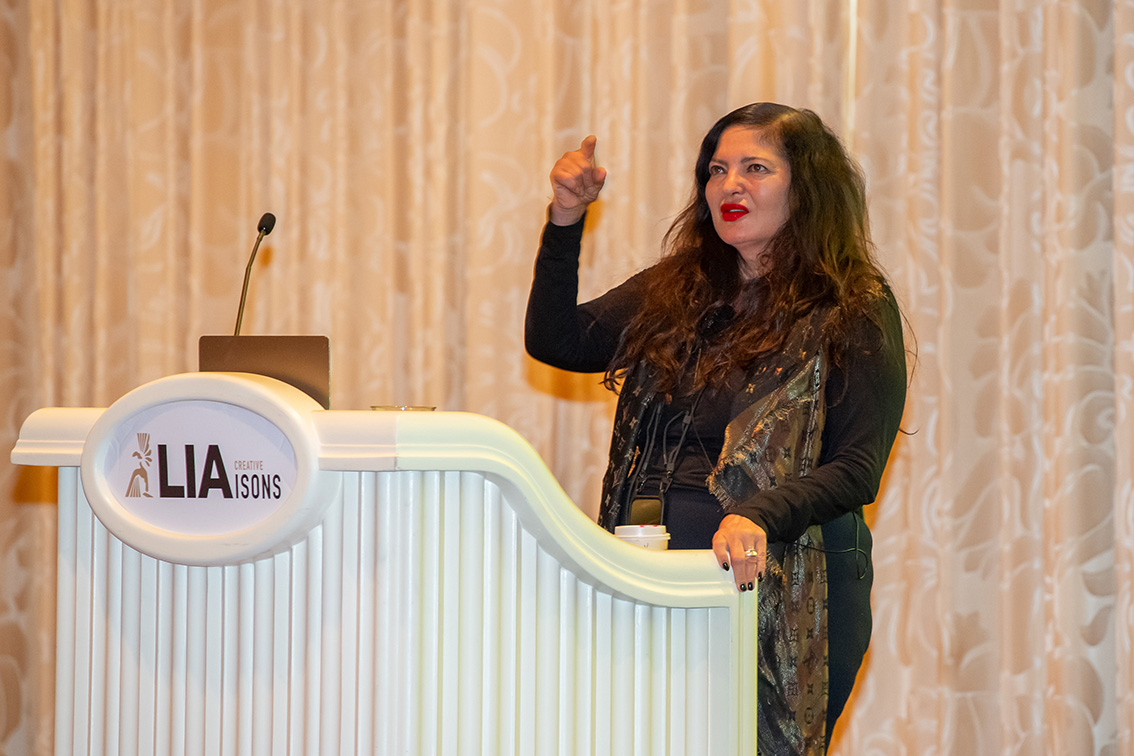
“How to Secure a Pitch Win. And Unconventional, subjective guide to pitch success”.
Words of wisdom from Doerte. Winning has a lot to do with relationships created, respecting clients, making them feel comfortable. Think outside the box. One idea for BVG Germany – edible Hemp train tickets to relive stress over Christmas. Amazing results which made everyone feel good.
Everything begins with a pure heart.
Those who have not truly understood their client’s objectives, have already lost.
There is no place for a grouch on a pitch team. Never change a pitching team.
We have to believe in the impossible.
No chance without a killer idea.
We have to inspire until the last chart.
We need to build tension and awaken expectations.
These are war like conditions. There is one winner and losers.
Respect those who think differently. Pitch teams need diversity in their communications.
Listen before you sell.
The most important information is not in the briefing.
SHOW BALLS. Follow your instinct and have the courage to present the killer idea. One does not regret anything more than losing with a “safe” campaign.
One final question was asked about how many ideas to present at a pitch.
Doerte suggested it is good to present 3 ideas these days, and go through the selection process with the client. But any ideas presented, you must be happy to live with the result.
Pum Lefebure. Co-Founder/Chief Creative Officer, Design Army
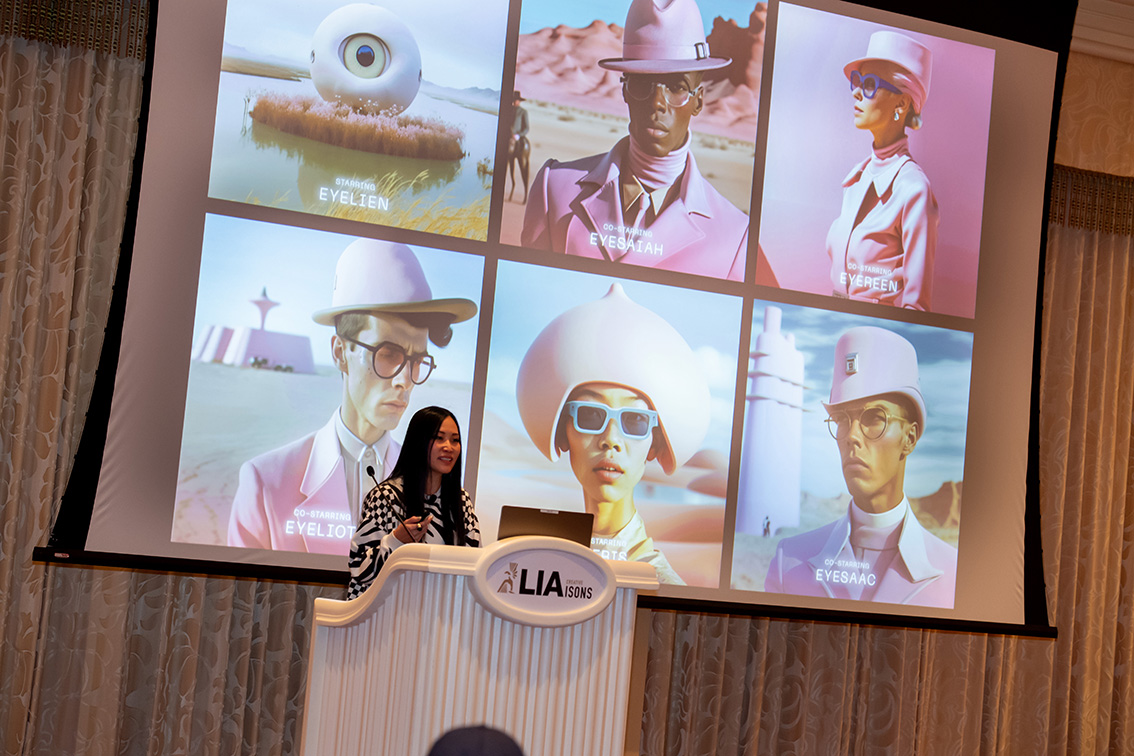
“Feel your feels”
“Emotion is our currency”
“Joy has no boundaries; everyone wants to be happy”
Pum’s motivation has always been to move people through her work. When young, she was a shy girl who was always painting and drawing to communicate. And when as a teenager, she saw the Benneton ads, a nun kissing a priest, three hearts with the white, black and yellow written across them; work that was unconventional and powerful, she knew that was what she wanted to be famous for, creating work that was brave and spoke to people on an emotional level
Clients go to Pum to rebrand, and they go to her specifically for unique executions. She uses design to create campaigns that are totally memorable – idea based, using colour, wardrobe, locations, typography, to execute them.
Her dedication to craft is obvious in all her projects.
One of her famous campaigns was for rebranding the Hong Kong Ballet. They wanted to make the ballet appealing to the younger generation and accessible to every age group. She photographed and filmed the dancers outside using the locations/colours of Hong Kong as the background. They were outfitted in contemporary wardrobe and in unusual poses mimicking sports, food, fashion, ads, and using comedy and emotion. The Ballet because of this campaign became number 2 in the Government funding for Hong Kong.
She is a keen photographer who is always observing.
She is proactive rather than reactive.
“The world is changing so fast, what is relevant now won’t be in the future. Forecasting is important. You need to be nimble and confident.”
“Design moves us emotionally without words.”
Creativity in Health & Wellness and Pharma Panel.
Alessandra Gomes, Executive Creative Director McCann Health Brazil.
Rich Levy, Chief Creative Officer, Klick Health
Rachel McCready, Chief Creative Officer, Evoke
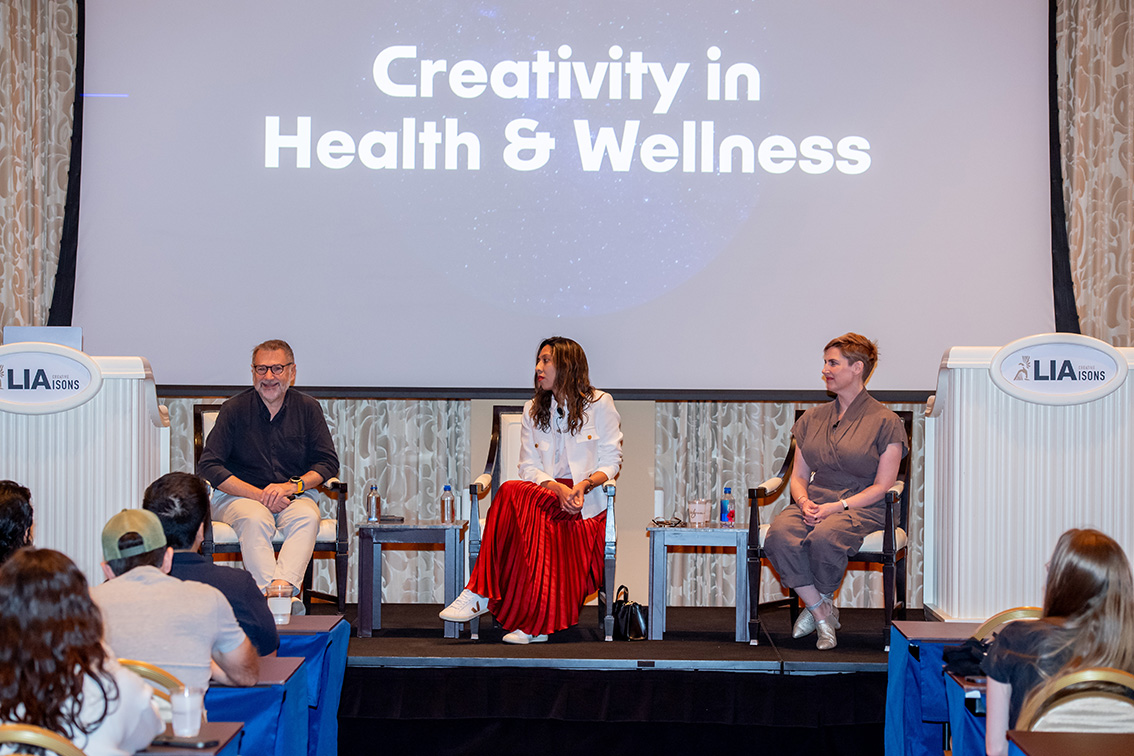
This is a general overview of what was discussed.
Enter more work into the Pharma categories, you could win! Be brave in executions using whatever tools or tone is needed. Humour came to play in the Sanofi Presents campaign, and A1 for representing the pain that gout causes in the patient through strong visual graphics.
Working in this category is exhilarating as the work can save lives and give a sense of purpose, and create communities where people feel safe and less alone.
There is a regulatory environment that rules Pharma which makes it more difficult but it is possible. There is always a brief to follow but functional doesn’t mean it can’t be creative. And partnerships is the single factor that makes good work in Pharma. You have to understand what matters to the client and your job to sell in why it is going to work. Help them be brave by doing research and showing them examples.
One campaign discussed was “Knock Knock” created by Cheil Worldwide for the Korean National Police Agency to help protect the abused. Can someone make an emergency call without speaking? Using your phone, you press any number twice, the caller is sent a link from the police who can then track the situation. Simple and effective and generating a lot of press which increases awareness and support throughout the country.
Mainstream clients like Dove and Samsung are also working in the health space, and have created iconic work. There is a simple reason for this, brands have the power to save and change lives.
On a final note, find spaces to own, where no one is looking. And look for something that makes you angry or you are passionate about. Don’t wait to be asked, find the brief. Don’t be safe and boring, it won’t get noticed. There are too many people doing the lazy work and it becomes invisible.
Digital and Use of Social-Media & Influencers Panel.
Amelie Ebongue, Global Brand Leader/Bestselling Author/Web 3 Educator
Matty Burton, Group Chief Creative Officer, DDB Group New Zealand
Mukund Olety, Chief Creative Officer, VMLY&R, Mumbai
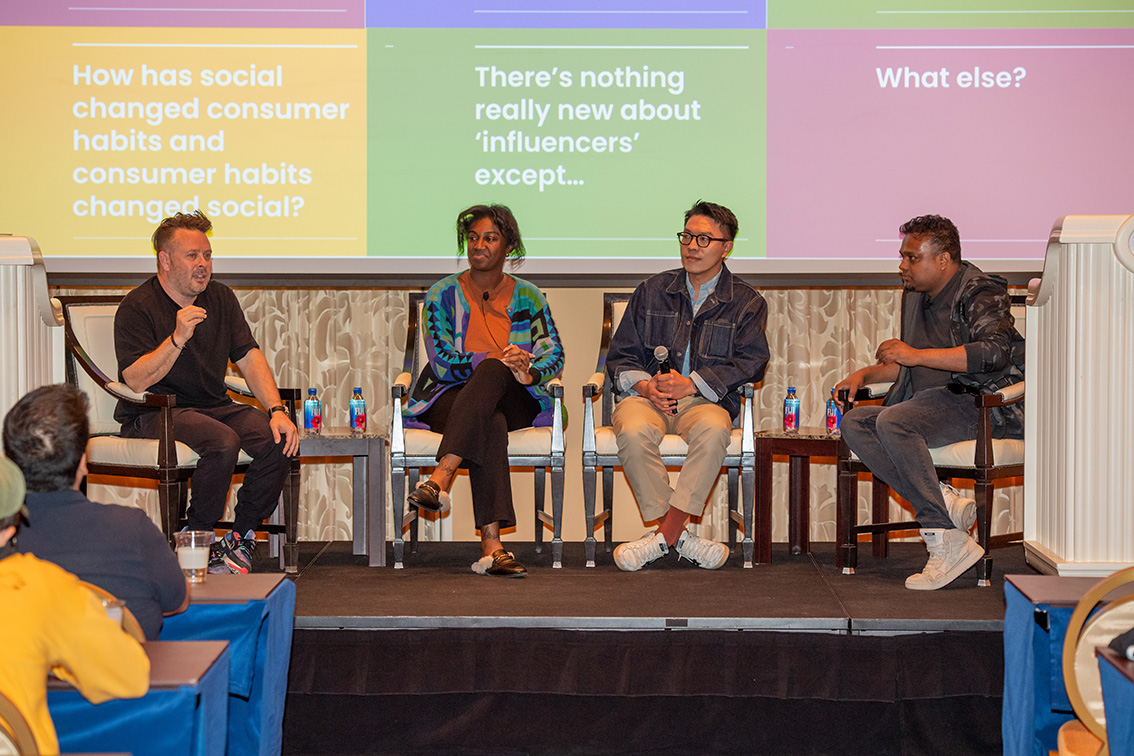
82% of purchases are through social or validation through social.
Social is larger than community. We want to see content from friends or people we aspire too.
Define what is your purpose to be on social media. Talk to a strategist.
Is it always a good idea to post? There was discussion about being on social every day as opposed to posting when there is something important to share. It depends on the client and the target market.
Social should not be used to post brand info. This is a sure way to kill it. You need to be strategic with its use.
One area that we can build on is craft in this space, to make the posts stand out amongst all the ones that look amateurish.
If you get it right, there is cultural brand potential. Big audiences through social. Ad agencies needs to work as a tech company.
Is it more important to sell and then create a community, or have a community and then sell a product. Clients mentioned were Lego and Netflix.
Little Red Book was also mentioned. “In contrast to other e-commerce platforms, Little Red Book focuses on a unique blend of trusted user-generated content, word-of-mouth advertising and online community-building.”
Brands need the pulse and culture of society. You can win big time in this space.
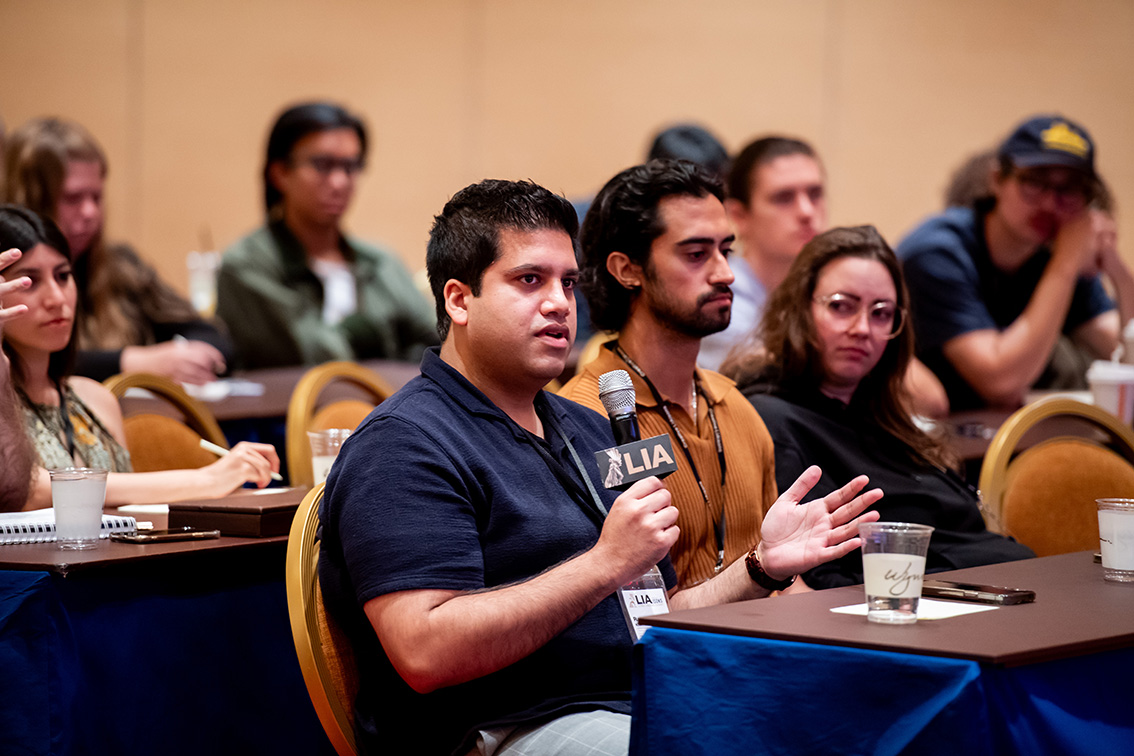
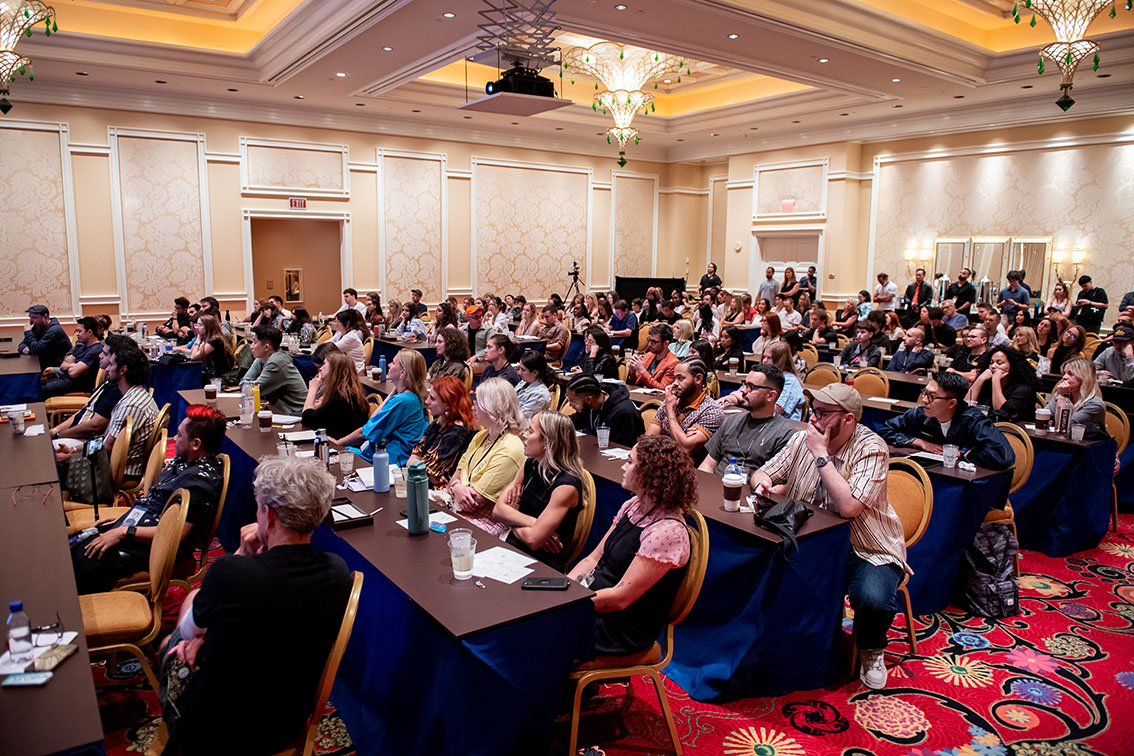
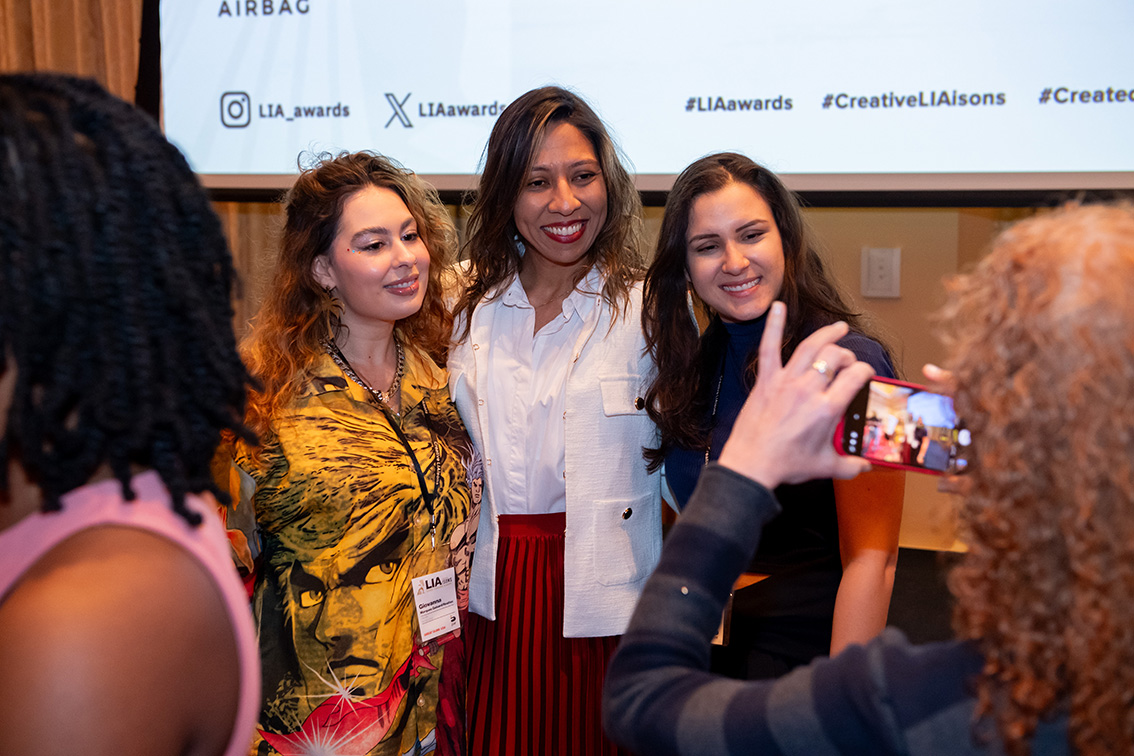
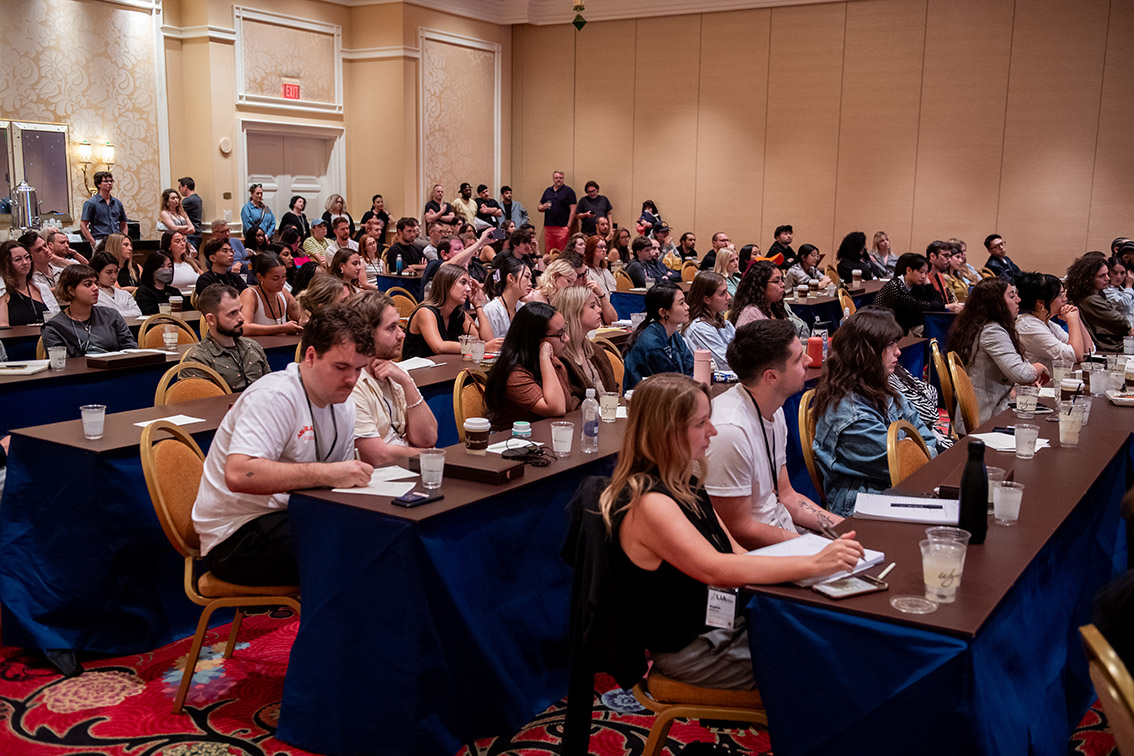
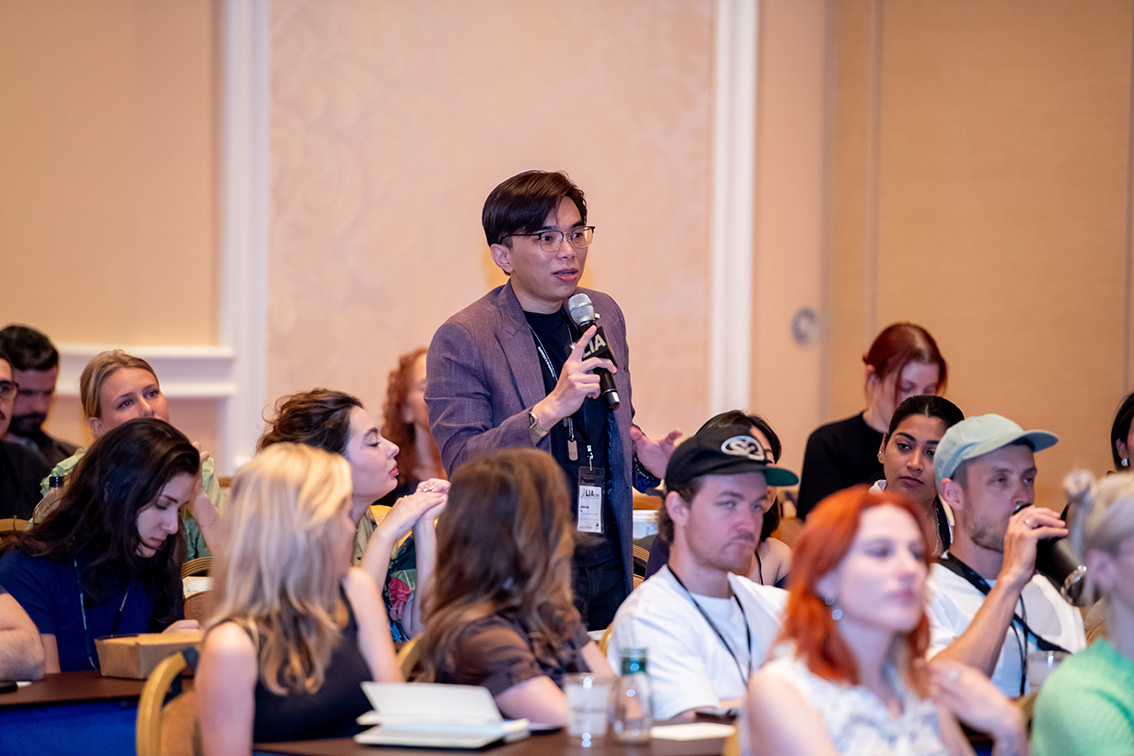
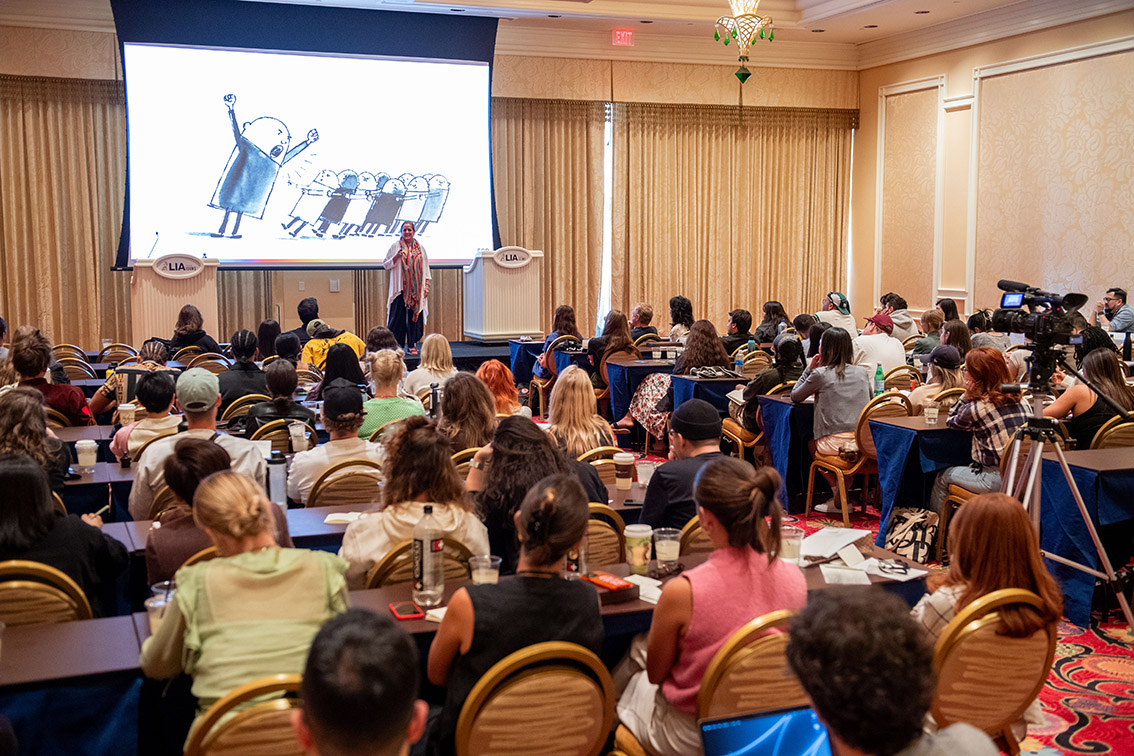
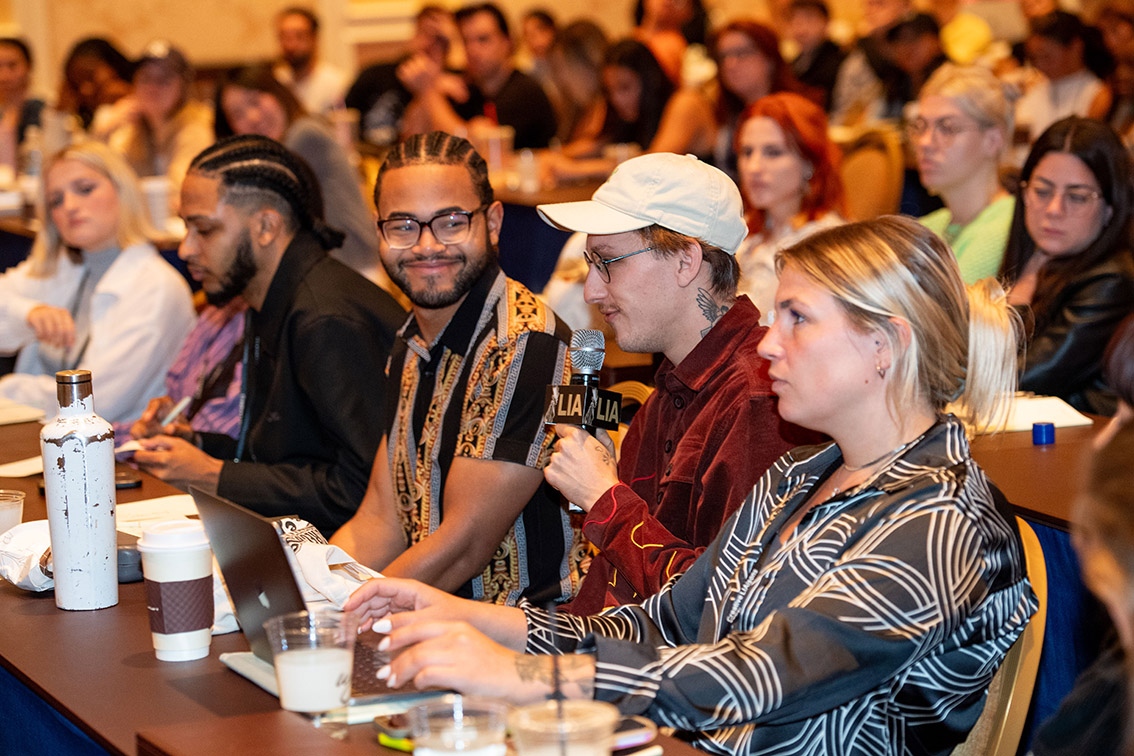
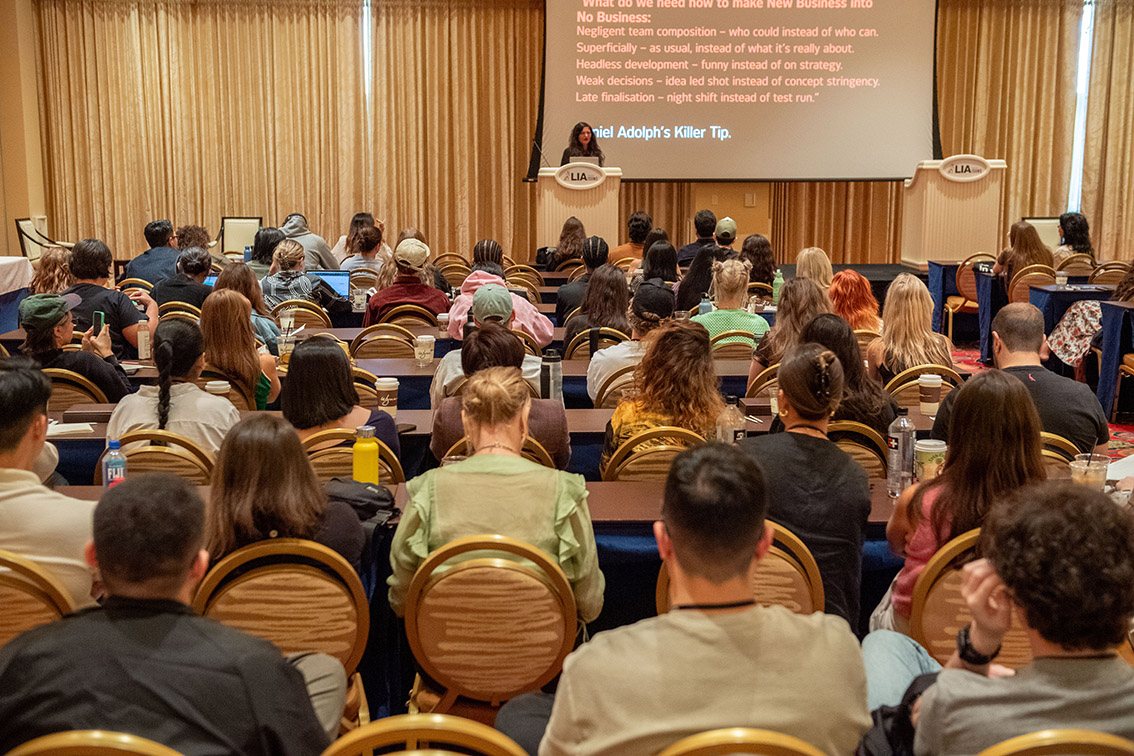
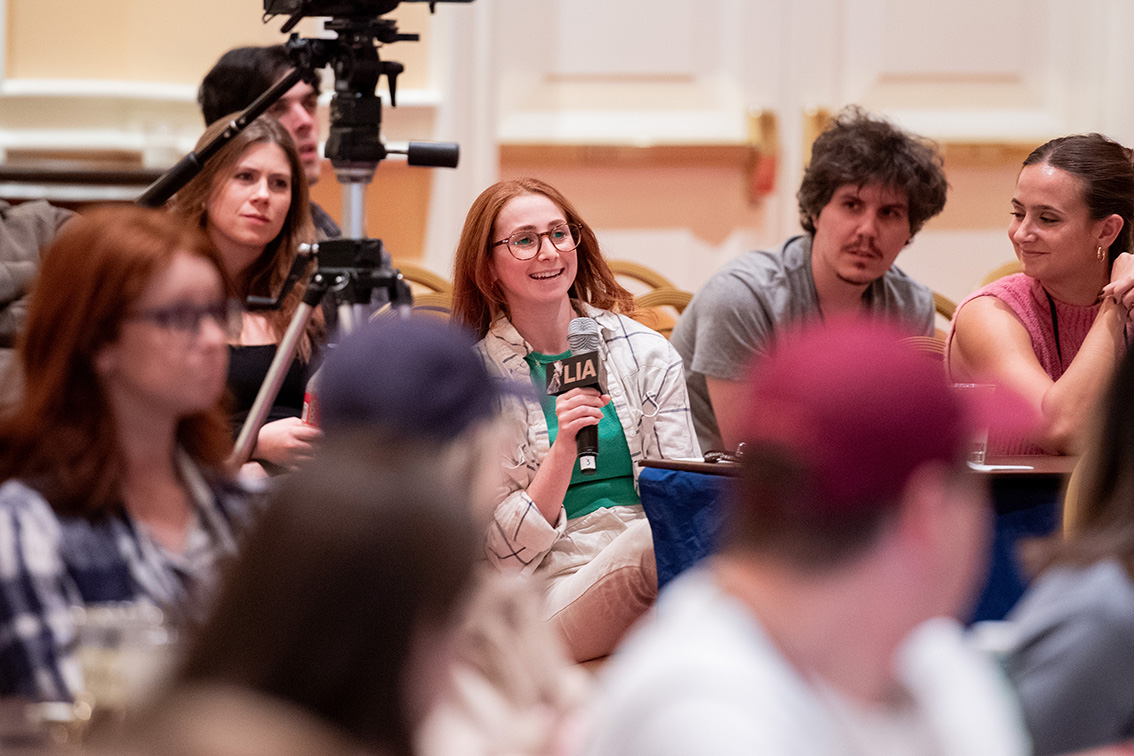

2 Comments
This whole young creative program must be an amazing experience to be part of. First class speakers.
I have two friends that have attended Creative LIAisons in the past and both agreed that it was hugely motivational to their career.